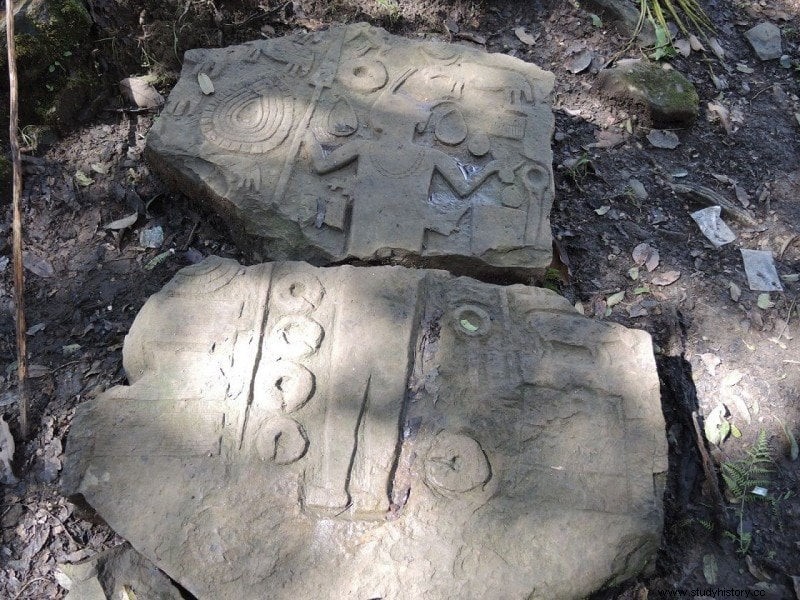The presence of menhirs is not common in India, although there are some examples in the states of Megalaya, Nagaland and Andhra Pradesh. In 2010, a team of researchers from the country's Archaeological Survey discovered 171 more in the state of Mizoram, in northeastern India.
They are located in a forest of Vangchhia, in a place known as Kawtchhuah Ropui (the front door ), according to local tradition, the place where the stone causeway that connected it to the Tiau River along the India-Myanmar border began.
The menhirs have different shapes and sizes, with engraved anthropomorphic and zoomorphic figures, possibly representing hunting scenes. The only thing archaeologists can point to, until a thorough study is carried out, is that they are several hundred years old of antiquity. But no one knows who built them or why.

Most of them are in very poor condition, either due to the action of the weather elements, or because the local villagers used parts of them to build their houses.
Now the Archaeological Inspection service has included them in its list of protected monuments, and research work will continue in the area, where other structures have been found, still unidentified, that may belong to an ancient local culture.

Mizoram literally means the town on the hill , and is home to the Mizo, an ancient tribe that, like many others in northwest India, not much is known about.
Their neighboring tribes called them the kukis , a term also adopted by 19th-century British writers to designate them.
However, it is not very clear that they were the first inhabitants of the place, nor the builders of the menhirs.

Photos by Mizo Megaliths
